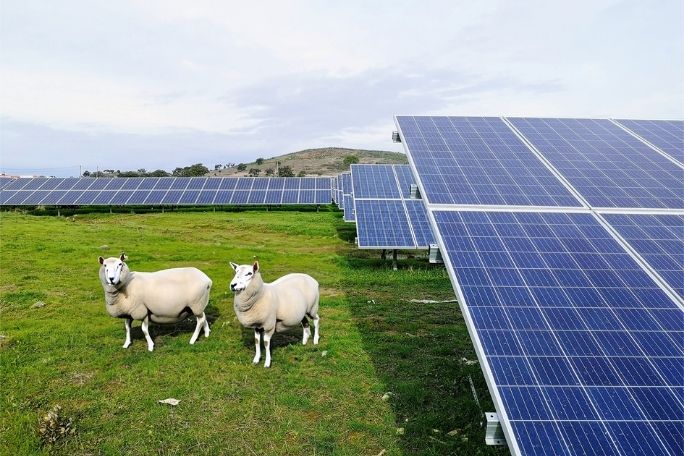Lesson summary
Students cook food using a solar oven made from an old pizza box. The solar oven can be made prior to this activity or you can work as a class to construct it. Students can also participate in the cooking and eating of the food cooked in the oven.
Learning intentions:
Students will...
- recognise some of the ways that we use electricity
- understand that we can use the energy from the sun for light, warmth and cooking.
Lesson guides and printables
Lesson details
Curriculum mapping
Australian curriculum content descriptions:
Foundation Science:
- Science involves exploring and observing the world using the senses (ACSHE013)
Year 1 Science:
- Everyday materials can be physically changed in a variety of ways (ACSSU018)
- Observable changes occur in the sky and landscape (ACSSU019)
- People use science in their daily lives, including when caring for their environment and living things (ACSHE022)
Year 2 Science:
- Science involves asking questions about, and describing changes in, objects and events (ACSHE034)
Foundation and Years 1 & 2 Design and Technologies:
- Use materials, components, tools, equipment and techniques to safely make designed solutions (ACTDEP007)
Extension – Foundation and Years 1 & 2 Design and Technologies:
- Use personal preferences to evaluate the success of design ideas, processes and solutions including their care for environment (ACTDEP008)
Syllabus outcomes: STe-4WS, ST1-4WS, ST1-8ES, ST1-9ES, ST1-12MW, ST1-13MW
Time required: 60 mins+. This activity can be extended over several sessions. If you make the solar oven prior to the activity you will only need one session for cooking; however, if you choose to make the solar oven with students you will need one session for making the oven and one session for cooking and eating.
Level of teacher scaffolding: High – oversee activity and make solar oven
Resources required
- Renewable Energy Flaschards
- How to make a solar oven instruction sheet
- Pizza box (used or new)
- Aluminium foil
- Black construction paper
- Plastic sandwich wrap
- Glue and sticky tape
- Scissors
- Pen
- Food for cooking in oven e.g. cheese on toast or English muffins, marshmallows and chocolate, cheesy nachos
Additional info
This lesson has been developed in partnership with
Hydro Tasmania.
Hydro Tasmania has been at the forefront of clean energy innovation for one hundred years. It is Australia’s largest producer of clean energy – generating hydro and wind power – and the largest water manager. Hydro Tasmania has 55 major dams, operates 30 hydropower stations and has built some of Australia’s largest wind farms.
Hydro Tasmania also sells energy in the National Electricity Market through its retail business Momentum Energy, and sells its expertise internationally through its consulting business Entura.
Visit the Hydro Tasmania website to learn how the business is working towards Australia’s clean energy future.


Welcome back!
Don't have an account yet?
Log in with:
By signing up to Cool.org you consent and agree to Cool's privacy policy to
store, manage and process your personal information. To read more, please see
our privacy policy here(Opens in new tab).
Create your free Cool.org account.
Many of our resources are free, with an option to upgrade to Cool+ for premium content.
Already have an account?
Sign up with:
By signing up to Cool.org you consent and agree to Cool's privacy policy to
store, manage and process your personal information. To read more, please see
our privacy policy here(Opens in new tab).